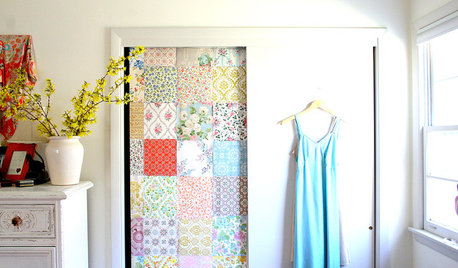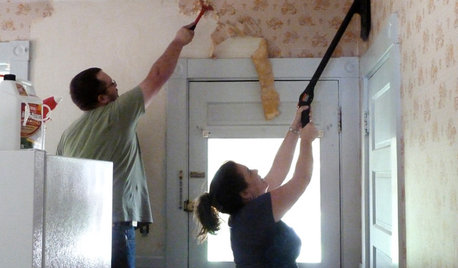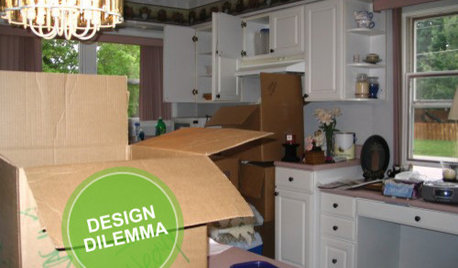Wallpaper Glue Removal - Long, Please Help!!!!
Miss_Mindy
18 years ago
Featured Answer
Comments (11)
Carol_from_ny
18 years agosharon_sd
18 years agoRelated Professionals
College Park Kitchen & Bathroom Designers · Highland Park Kitchen & Bathroom Designers · King of Prussia Kitchen & Bathroom Designers · Lafayette Kitchen & Bathroom Designers · Ridgefield Kitchen & Bathroom Designers · Sunrise Manor Kitchen & Bathroom Remodelers · Artondale Kitchen & Bathroom Remodelers · Avondale Kitchen & Bathroom Remodelers · Brentwood Kitchen & Bathroom Remodelers · Spanish Springs Kitchen & Bathroom Remodelers · South Jordan Kitchen & Bathroom Remodelers · Phillipsburg Kitchen & Bathroom Remodelers · De Pere Architects & Building Designers · New River Architects & Building Designers · Plainville Architects & Building Designersgrowlery
18 years agovjrnts
18 years agobrickeyee
18 years agovjrnts
18 years agoMarcia Thornley
18 years agohomeplace
18 years agodobbie1212_mindspring_com
13 years agotheastrand_gmail_com
13 years ago
Related Stories

DIY PROJECTSDiscover the DIY Secret Weapon of Decoupage Glue
With this liquid glue and sealant in your crafting arsenal, you can tackle a variety of home DIY projects in a single bound
Full Story
HOME OFFICESQuiet, Please! How to Cut Noise Pollution at Home
Leaf blowers, trucks or noisy neighbors driving you berserk? These sound-reduction strategies can help you hush things up
Full Story
SELLING YOUR HOUSE10 Low-Cost Tweaks to Help Your Home Sell
Put these inexpensive but invaluable fixes on your to-do list before you put your home on the market
Full Story
DECORATING GUIDESAsk an Expert: How to Decorate a Long, Narrow Room
Distract attention away from an awkward room shape and create a pleasing design using these pro tips
Full Story
DECORATING GUIDESHow to Remove Wallpaper in 4 Steps
Learn the best way to remove wallpaper with only water (and elbow grease) so your next wall treatment will look great
Full Story
GARDENING GUIDESGreat Design Plant: Silphium Perfoliatum Pleases Wildlife
Cup plant provides structure, cover, food and water to help attract and sustain wildlife in the eastern North American garden
Full Story
STANDARD MEASUREMENTSThe Right Dimensions for Your Porch
Depth, width, proportion and detailing all contribute to the comfort and functionality of this transitional space
Full Story
KITCHEN DESIGNDesign Dilemma: My Kitchen Needs Help!
See how you can update a kitchen with new countertops, light fixtures, paint and hardware
Full Story
PRODUCT PICKSGuest Picks: Hot Air Balloons Help Decor Soar
Flying onto wallpaper, pillows, lighting and more, hot air balloons lift rooms up, up and away
Full Story
BATHROOM WORKBOOKStandard Fixture Dimensions and Measurements for a Primary Bath
Create a luxe bathroom that functions well with these key measurements and layout tips
Full StoryMore Discussions











brickeyee